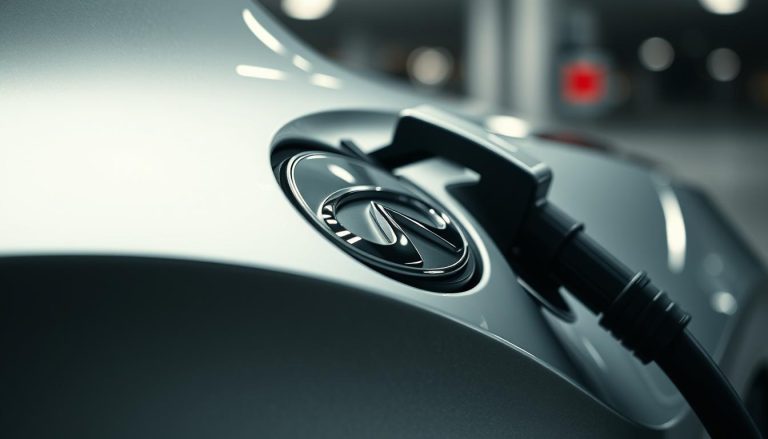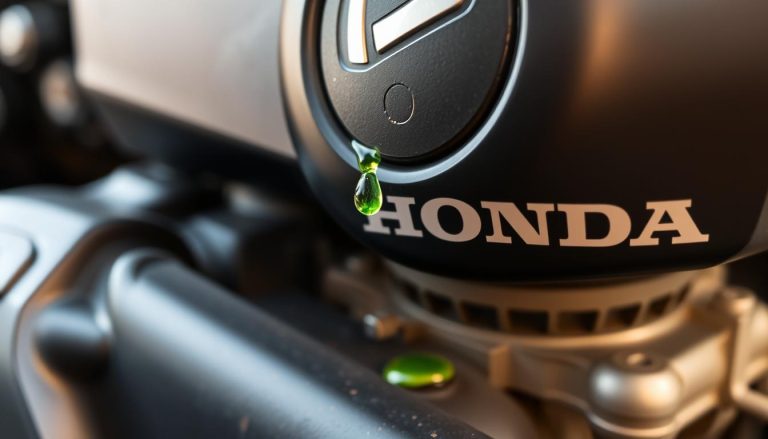It is not recommended to wax a car in 40 degree weather as it can cause the wax to freeze and become difficult to apply or remove. Waxing your car is a great way to protect the paint from harsh elements and to give it a shiny finish.
However, timing is crucial when it comes to waxing your car. Waxing a car in cold weather, especially when the temperature is below freezing point, is not a good idea as it can lead to a host of problems. For example, the wax may freeze and become difficult to apply or remove, leaving behind streaks and smudges.
It is therefore important to wait until the weather gets a little warmer before attempting to wax your car. In this article, we will explore the effects of cold weather on waxing your car and why it’s important to wait until the weather warms up.
Understanding The Importance Of Car Waxing
Car waxing is essential to keep your car looking new. It protects the paint from harmful elements like uv rays and bird droppings. Waxing your car offers numerous benefits such as providing a protective layer that repels water and dirt, making it easier to clean.
Regular waxing can also help maintain your car’s resale value. The frequency of waxing depends on various factors like weather, type of wax used, and how often you wash your car. However, it is essential to avoid waxing your car when the temperature is below 50 degrees fahrenheit or above 90 degrees fahrenheit.
Waxing in extreme weather can lead to streaking or damage to your car’s paint. So, consider the weather conditions before waxing your car to achieve optimal results.
Factors Affecting Wax Application In Cold Weather
Applying wax to your car in extremely cold weather can be a challenge. The temperature and humidity can impact the wax’s application and durability. Certain types of waxes can handle cold weather better than others, so it’s crucial to choose the right one.
Carnauba waxes are generally a good choice, as they are durable and can withstand cold temperatures. Synthetic waxes, on the other hand, may need additional heat to apply properly. The key is to ensure that your car’s surface is clean and dry before applying the wax.
This will give it the best possible chance to adhere and protect your car’s paint job.
Waxing Your Car In 40 Degree Weather: Is It A Good Idea?
Waxing your car in temperatures of 40 degrees is not necessarily a good idea. Cold weather can affect the application of the wax, leaving your car looking unpolished. Make sure to understand the risks associated with the temperature before you start waxing.
The cold can also interfere with the bonding process, potentially leading to a shorter lifespan of the wax job. Take into account the car surface temperature, as a warmer surface will allow the wax to spread easier. It is important to have a clear understanding of the potential effects of cold temperatures on wax application before attempting to wax your car.
Preparing Your Car For Waxing In The Cold
Preparing your car for waxing in the cold requires several important steps to ensure a successful application. Before you start, make sure your car is clean and free of dirt, grime, and debris. You should also warm your car up before waxing to help protect it from the cold.
To safeguard your car from the extreme temperatures, choose a wax that is formulated for use in colder weather. Additionally, take the necessary precautions while waxing in the cold to avoid damaging your car’s surface. This includes working in small sections, using a microfiber cloth, and avoiding applying too much pressure.
With these steps in mind, you can successfully wax your car in 40-degree weather and protect it from the harsh winter conditions.
Tips For A Successful Wax Application In 40 Degree Weather
Waxing your car in 40-degree weather can be a challenging task, but with the right tools and techniques, you can still achieve a smooth and even coat. Before starting, make sure you have a high-quality wax, a soft microfiber towel, and a detailing spray on hand.
To apply wax in cold temperatures, warm up the wax container in hot water to make it easier to work with. Apply the wax thinly and evenly, working in small sections. Use a back and forth motion to spread the wax, then buff it off with a microfiber towel before it dries completely.
Repeat this process until the entire car is waxed. Avoid waxing in direct sunlight or on a windy day to prevent the wax from drying too quickly or collecting dust. With these tips, you can successfully wax your car in 40-degree weather!
Frequently Asked Questions For Can You Wax A Car In 40 Degree Weather
Can I Wax My Car In 40 Degree Weather?
Yes, you can wax your car in 40-degree weather, but not recommended as the wax could become brittle and difficult to remove.
What Temperature Is Best To Wax A Car?
The best temperature to wax a car is between 60-80 degrees fahrenheit, as it allows the wax to adhere better and spread evenly.
Why Is It Not Recommended To Wax A Car In Cold Weather?
Waxing a car in cold weather can make the wax harden, making it difficult to remove. The wax may also not adhere correctly, leaving streaks or a hazy appearance.
Conclusion
After writing this blog post, it is clear that waxing a car in 40 degree weather is not a good idea. The extreme cold can prevent the wax from bonding and cause it to streak and leave a hazy finish.
It is important to wait for a day with temperatures between 50 to 70 degrees fahrenheit to wax your car. However, if you need to wax your car in colder temperatures, you can warm the car up in a garage or use a heating lamp to warm the surface before applying the wax.
Remember to also store your wax in a warm location prior to use. Ultimately, waxing your car in cold temperatures is possible with proper preparation, but it is best to wait for more favorable weather conditions for the best results.
Keep your car looking shiny and new all year round!


